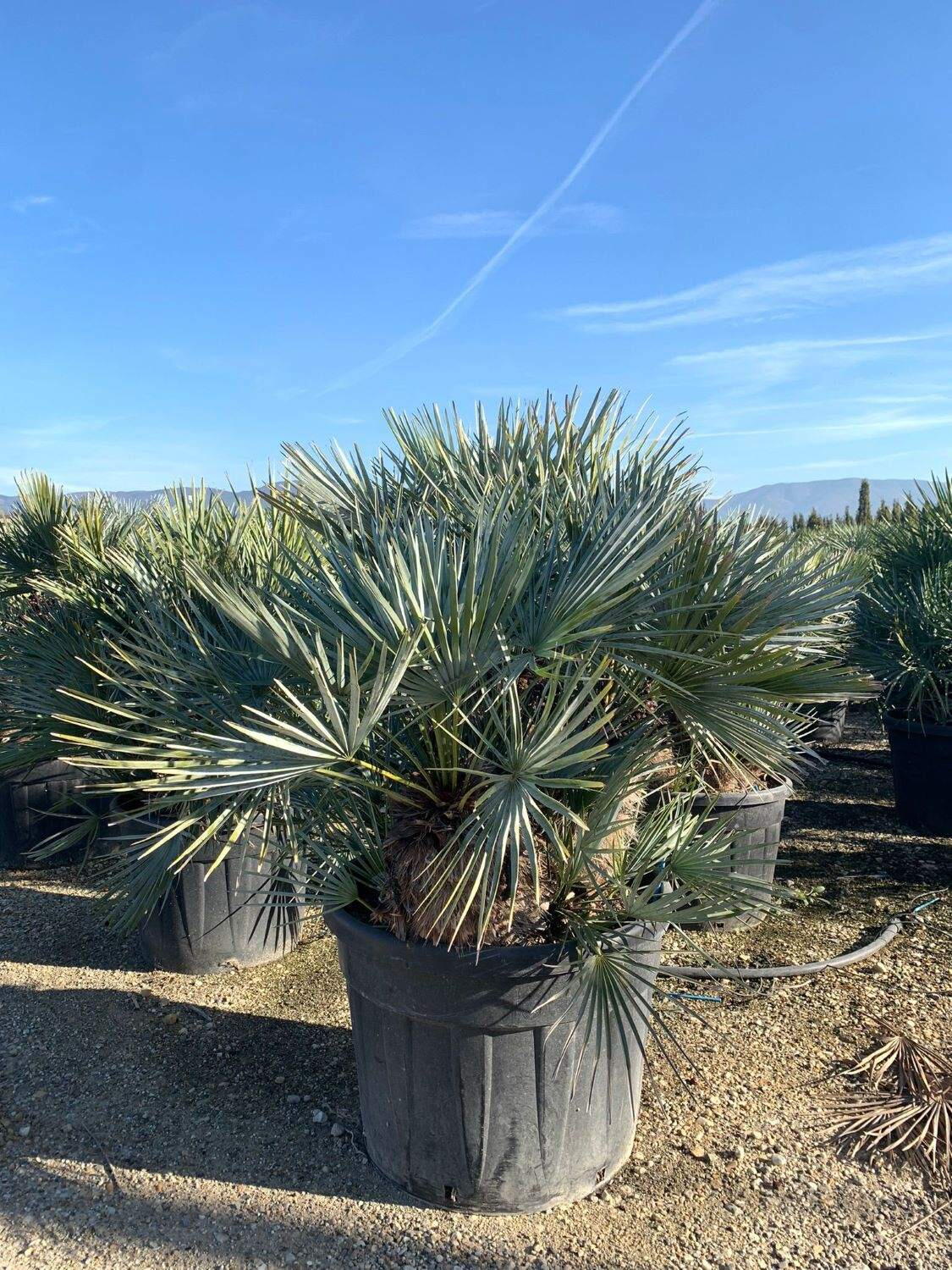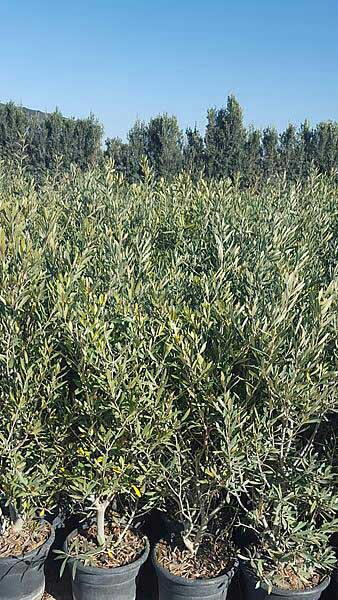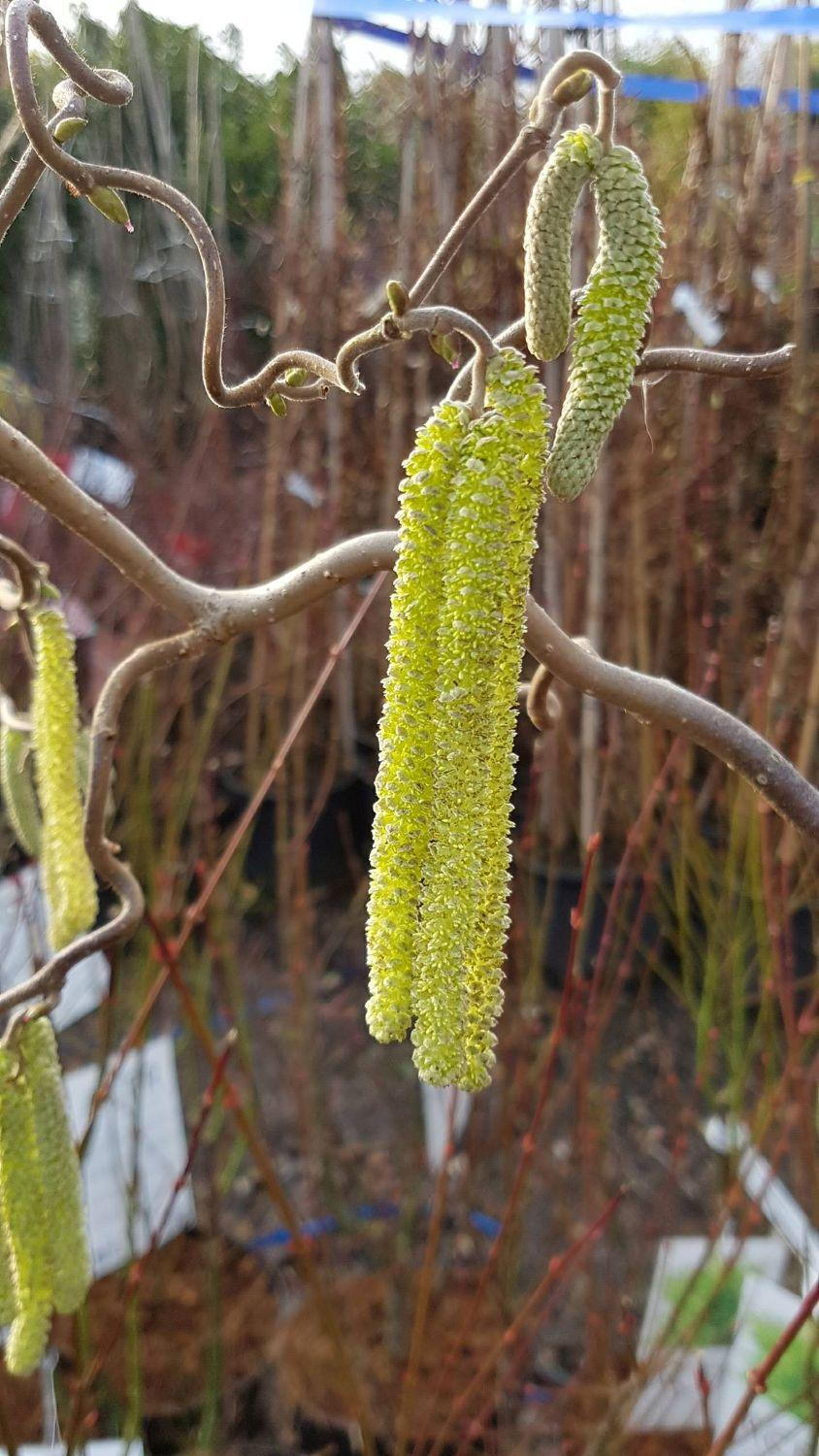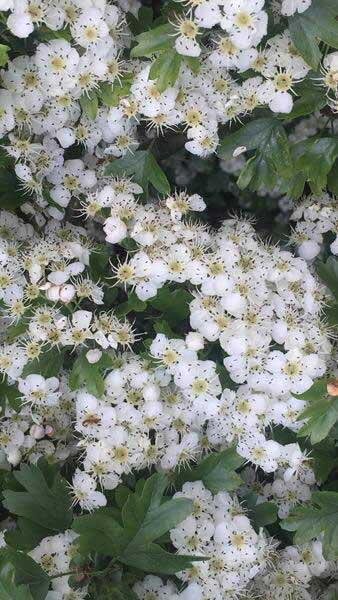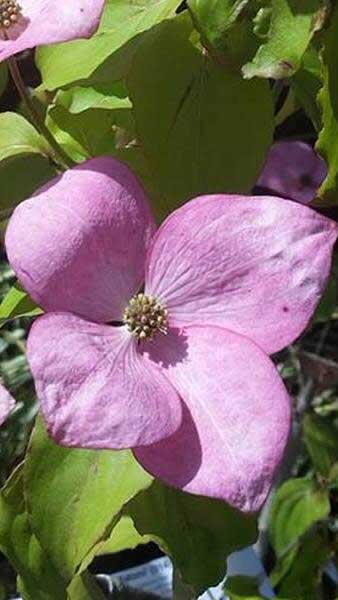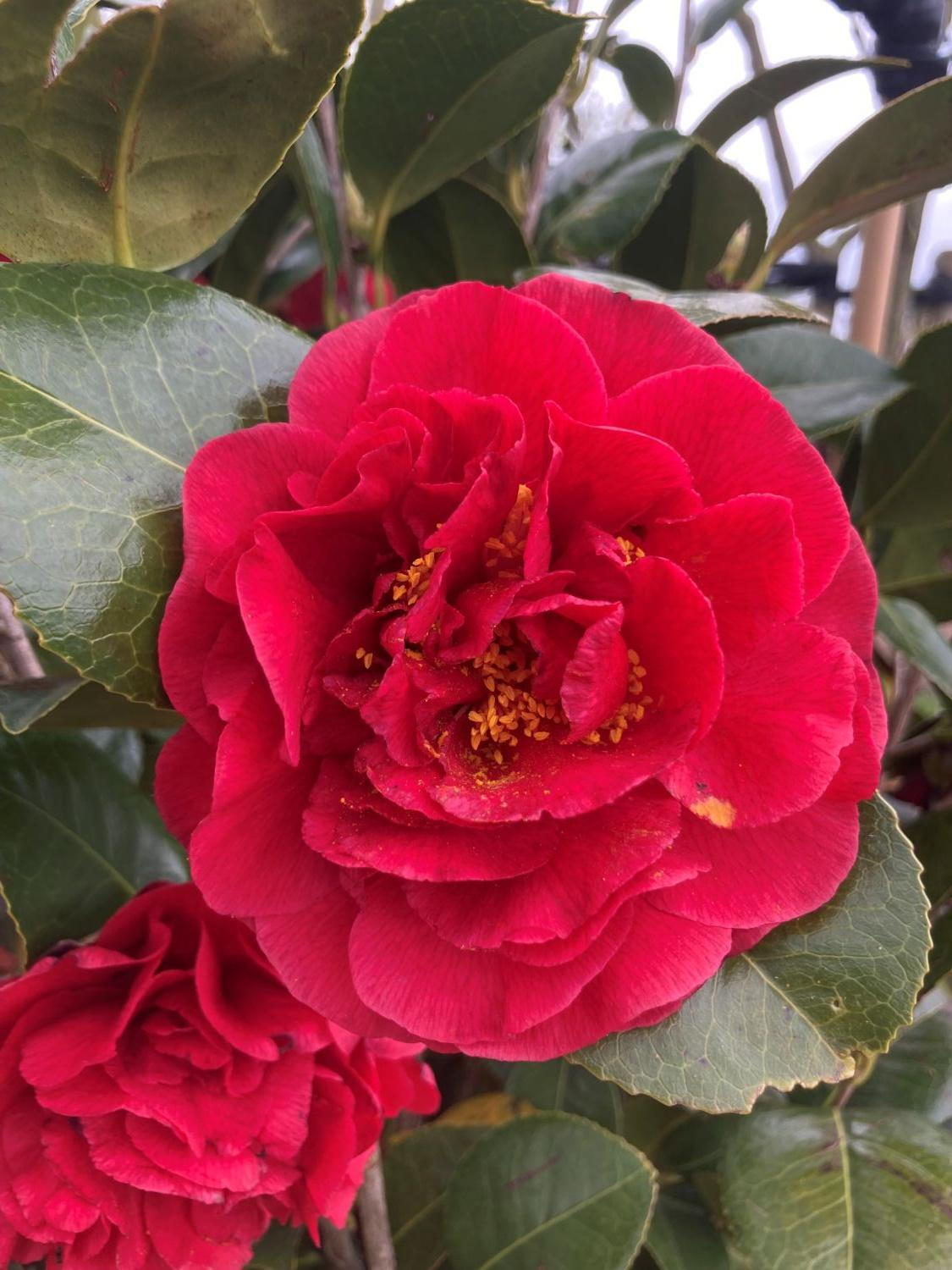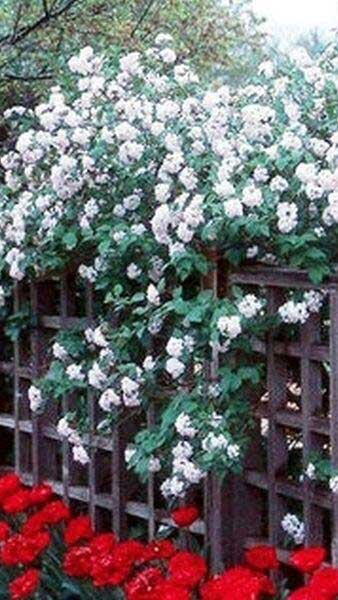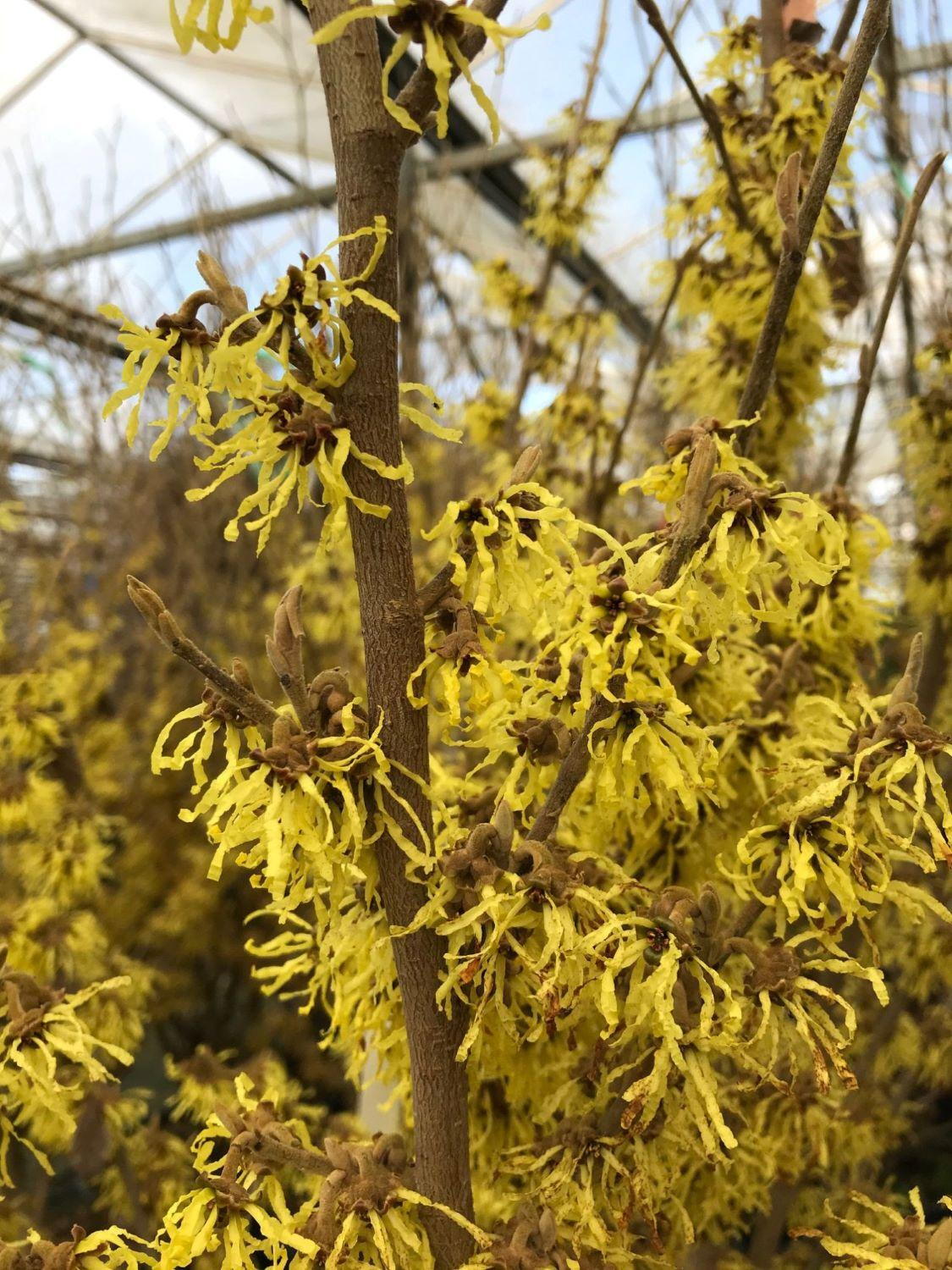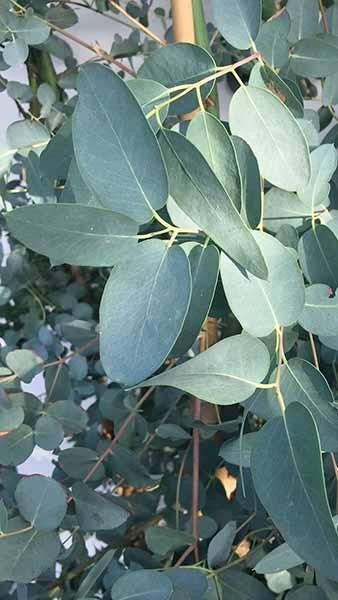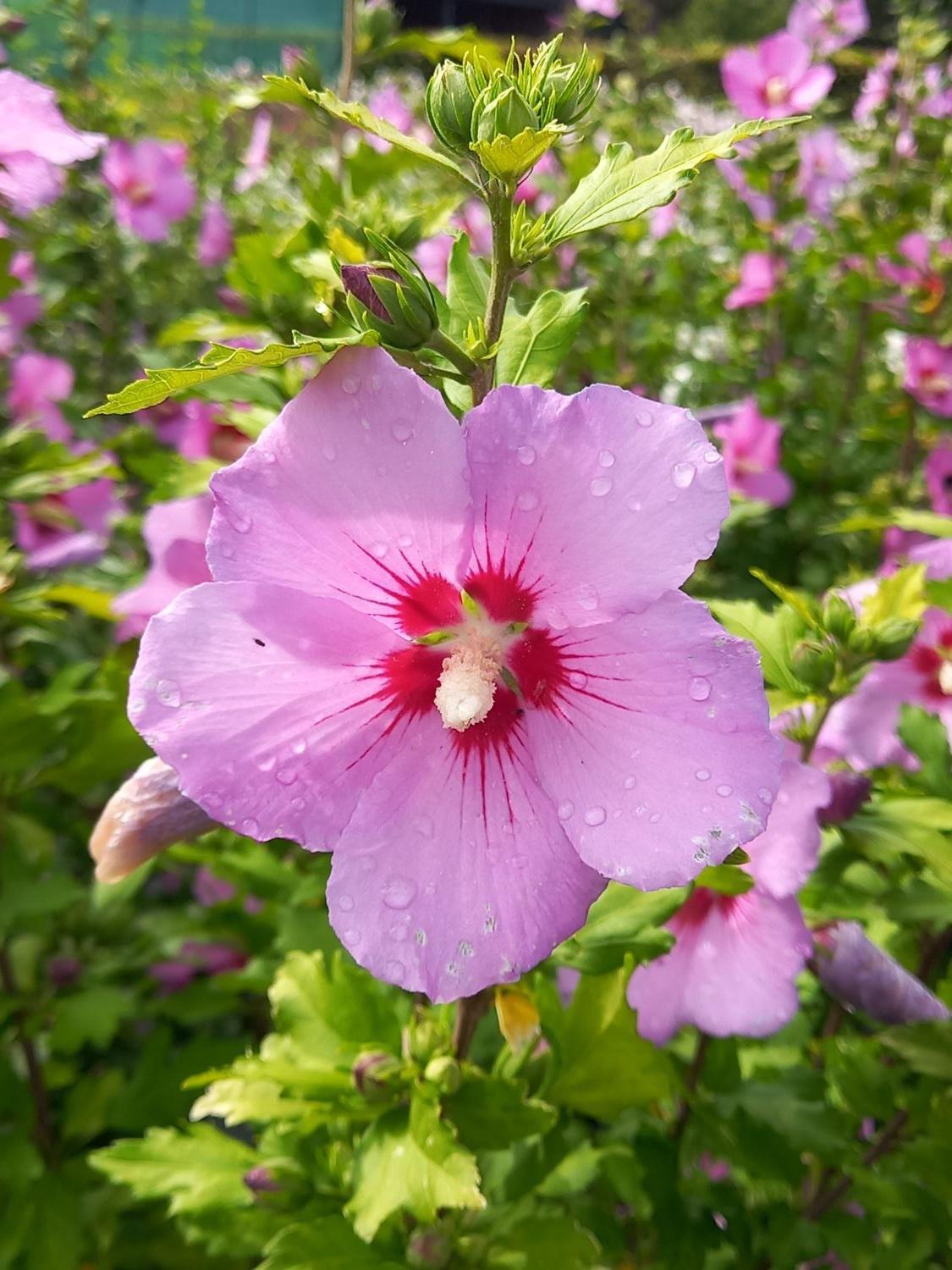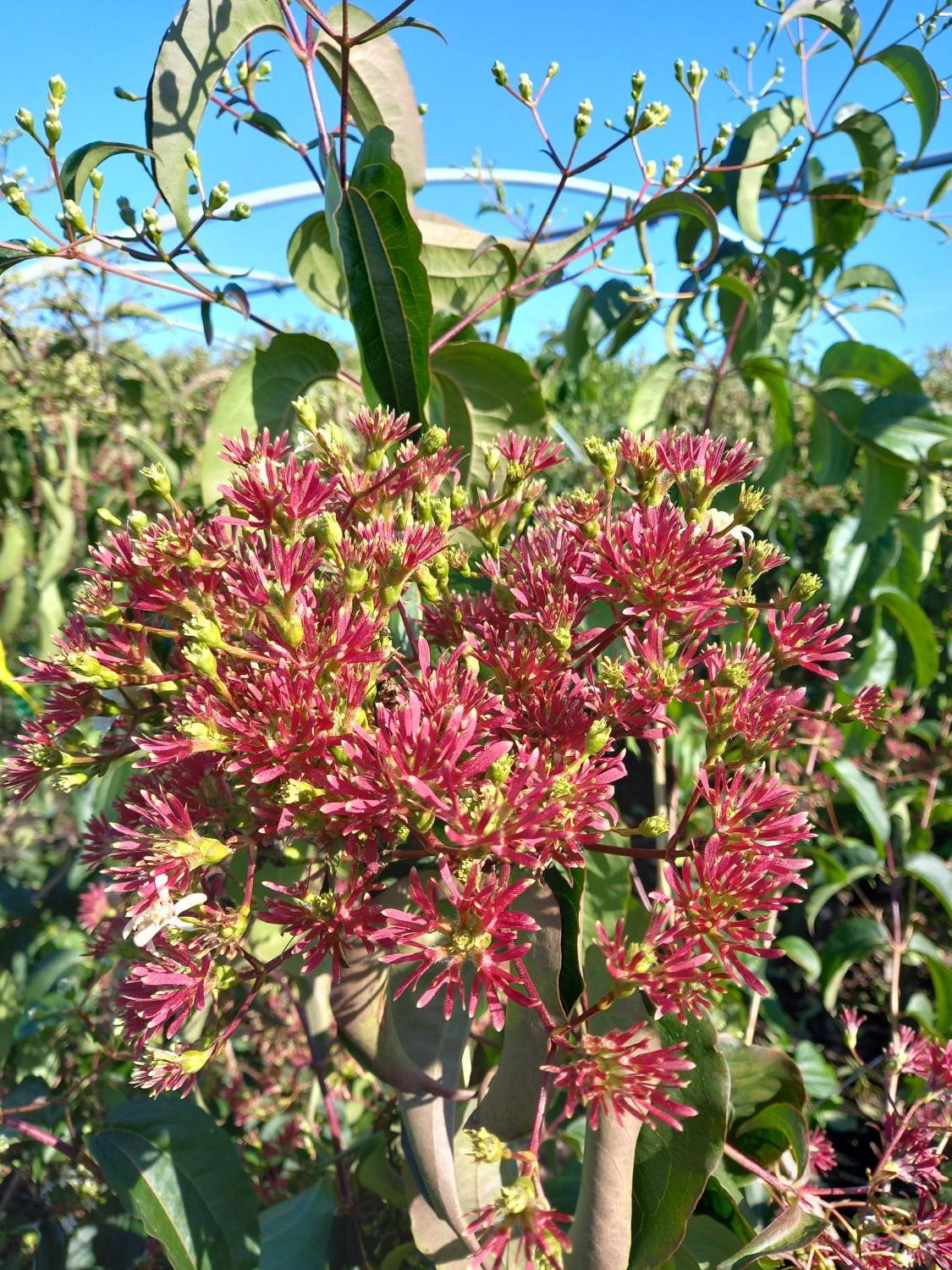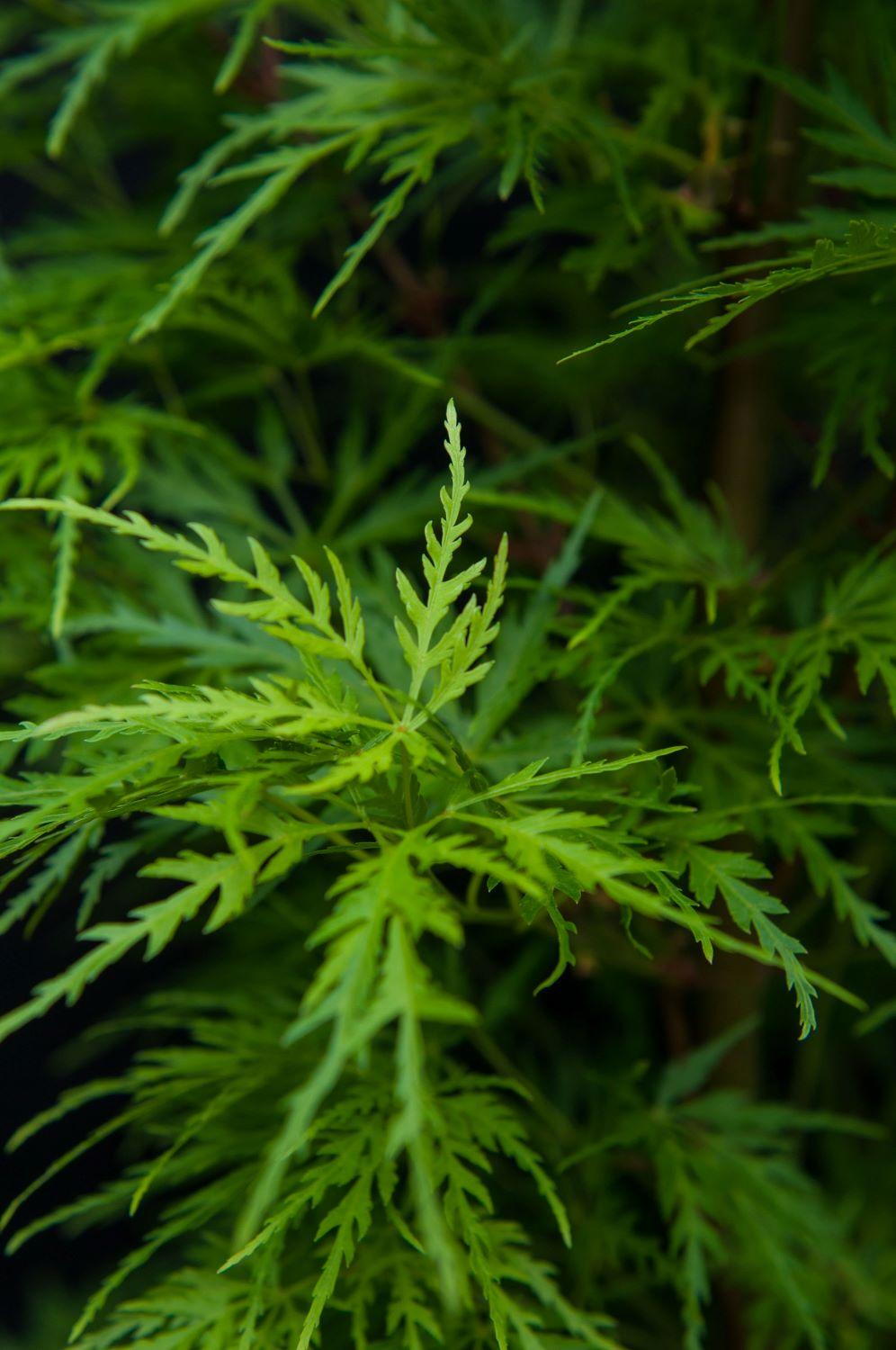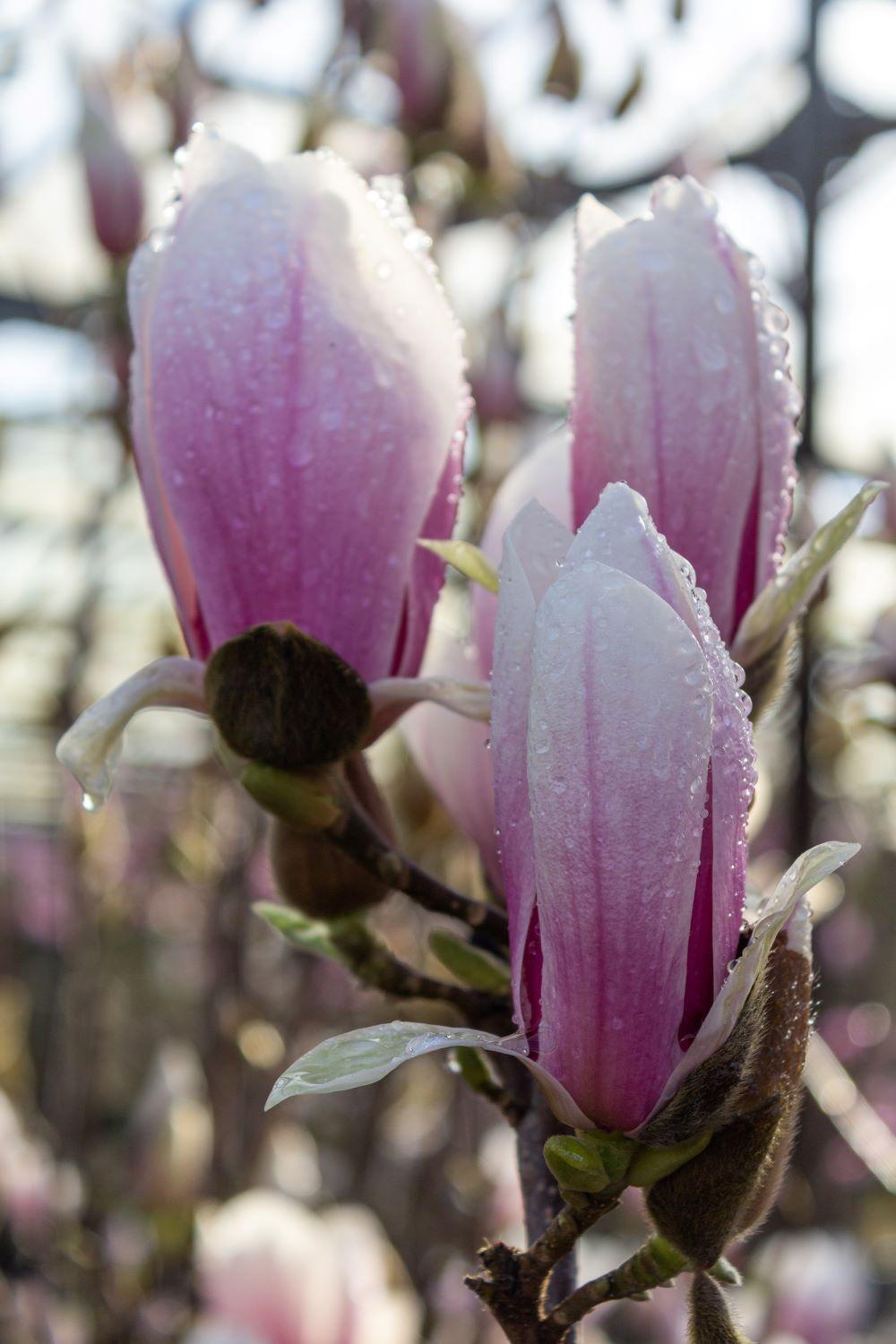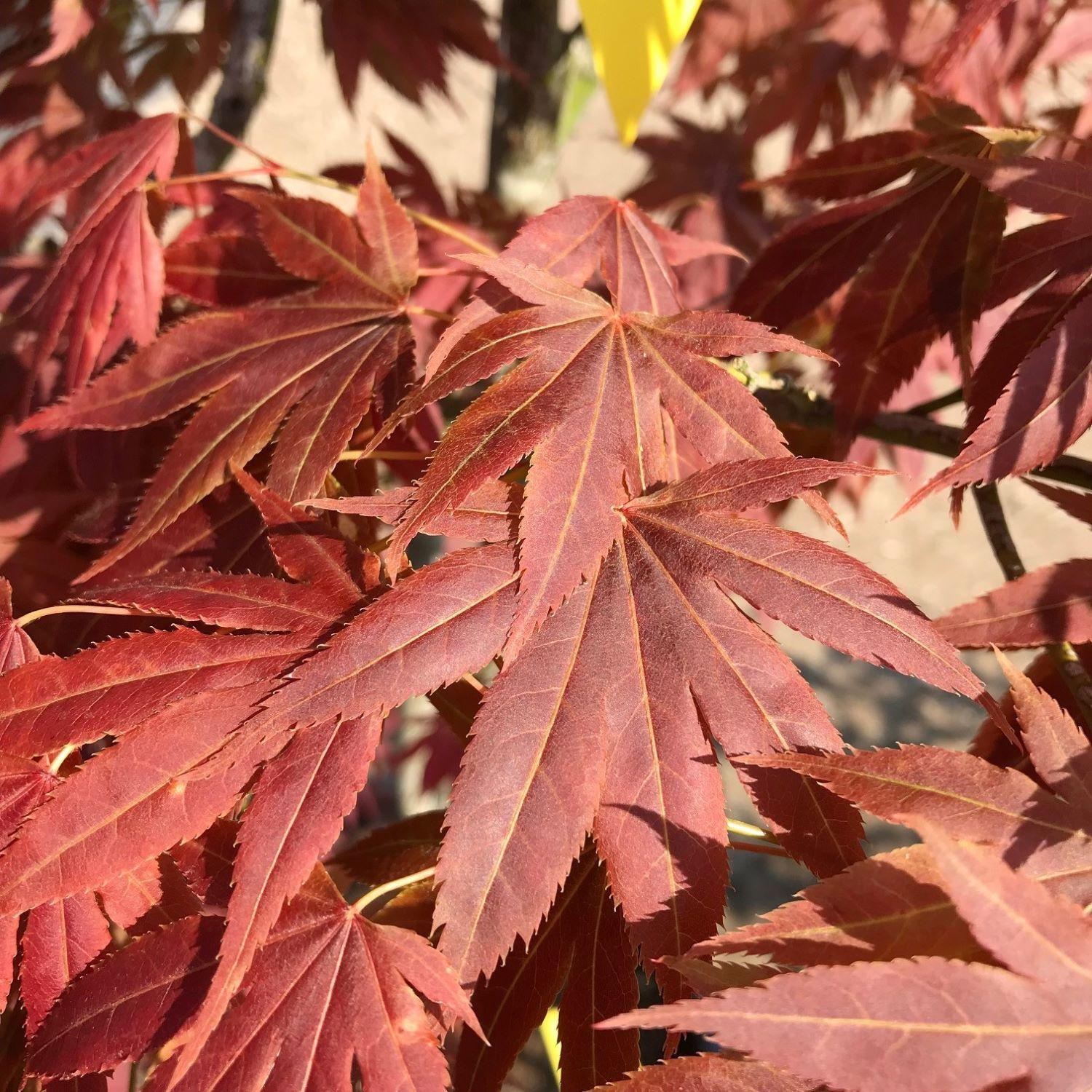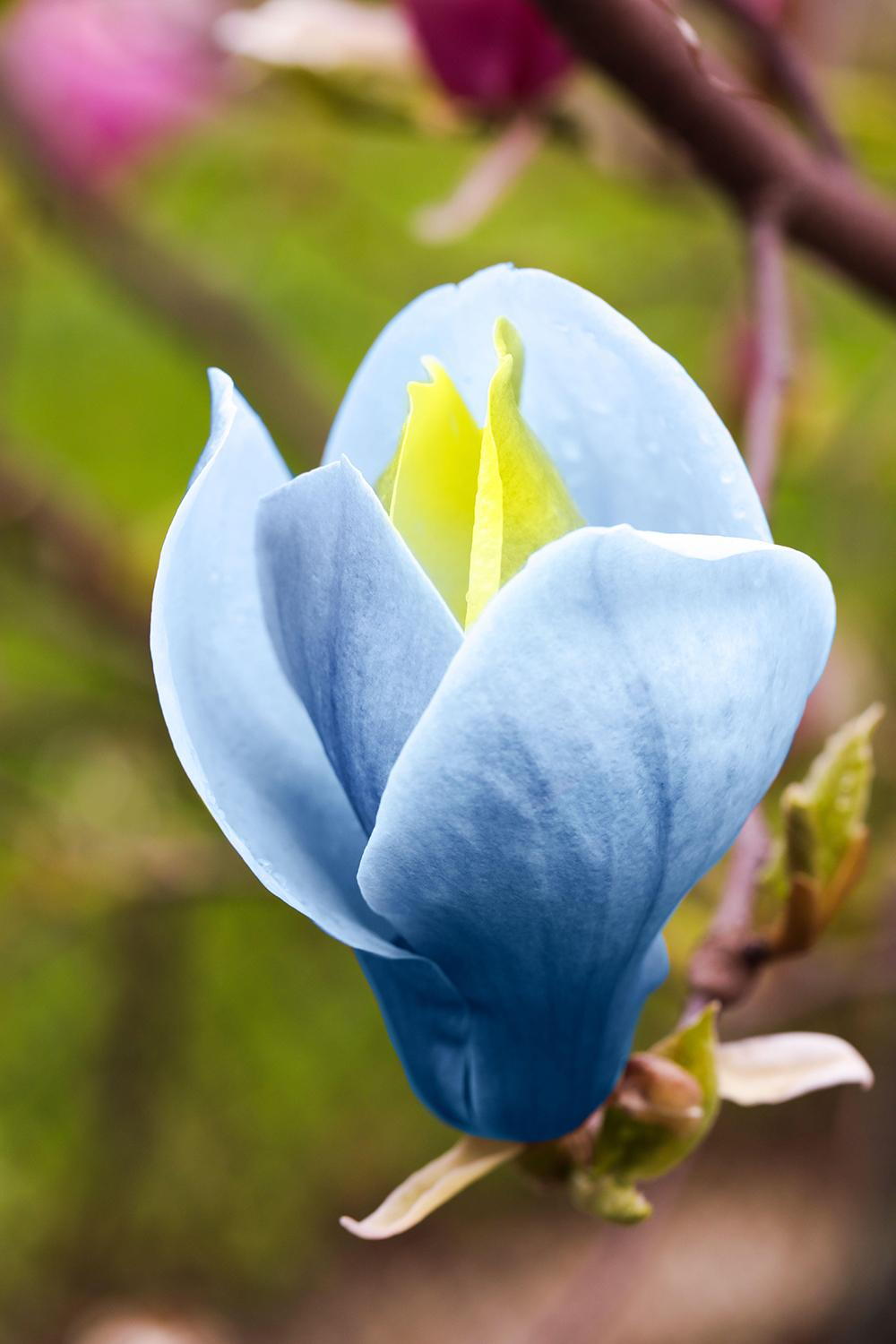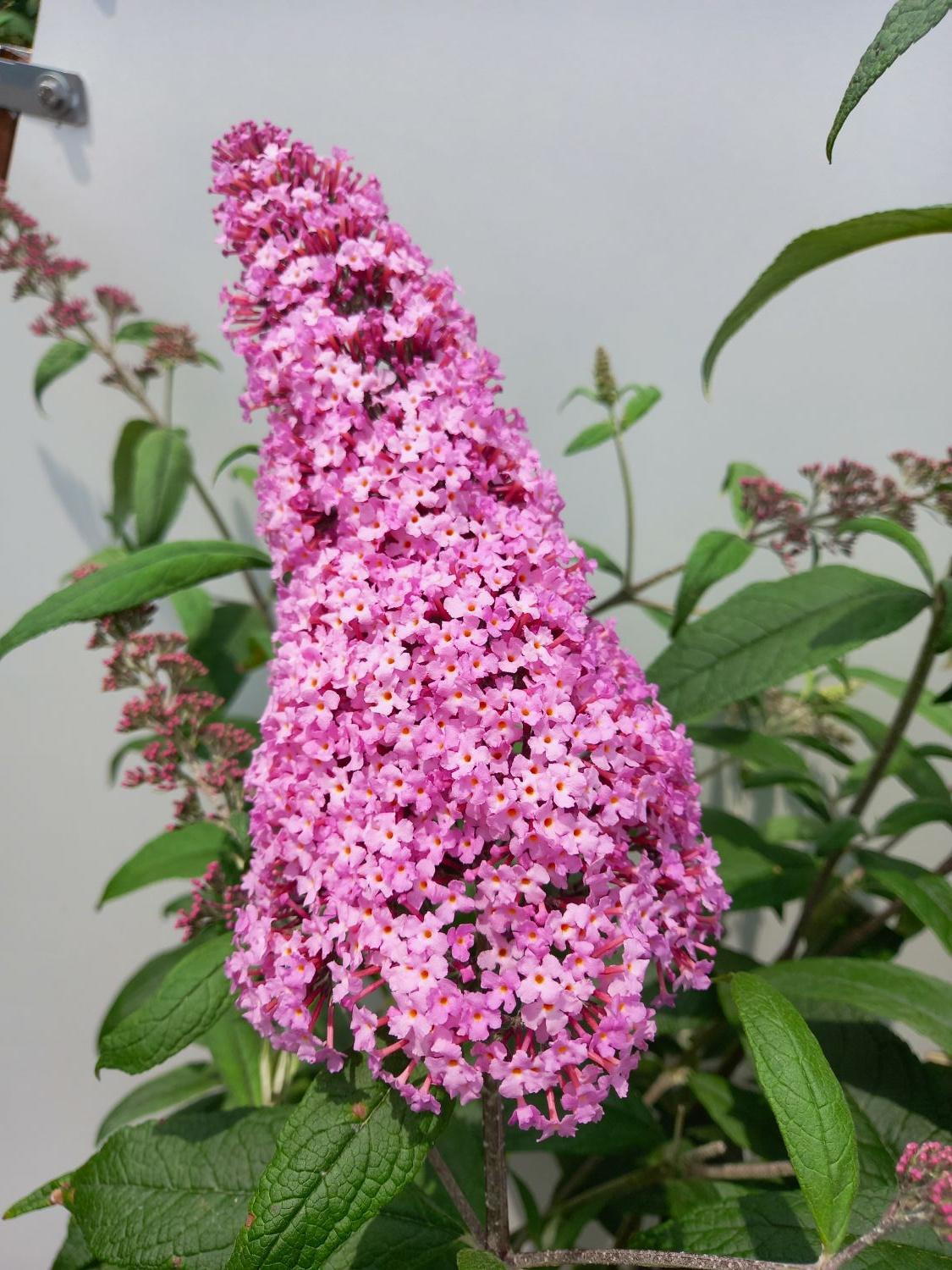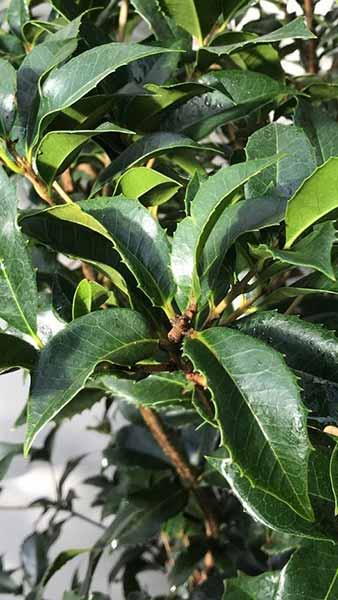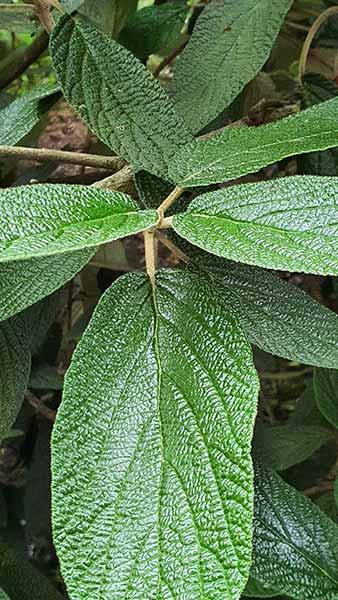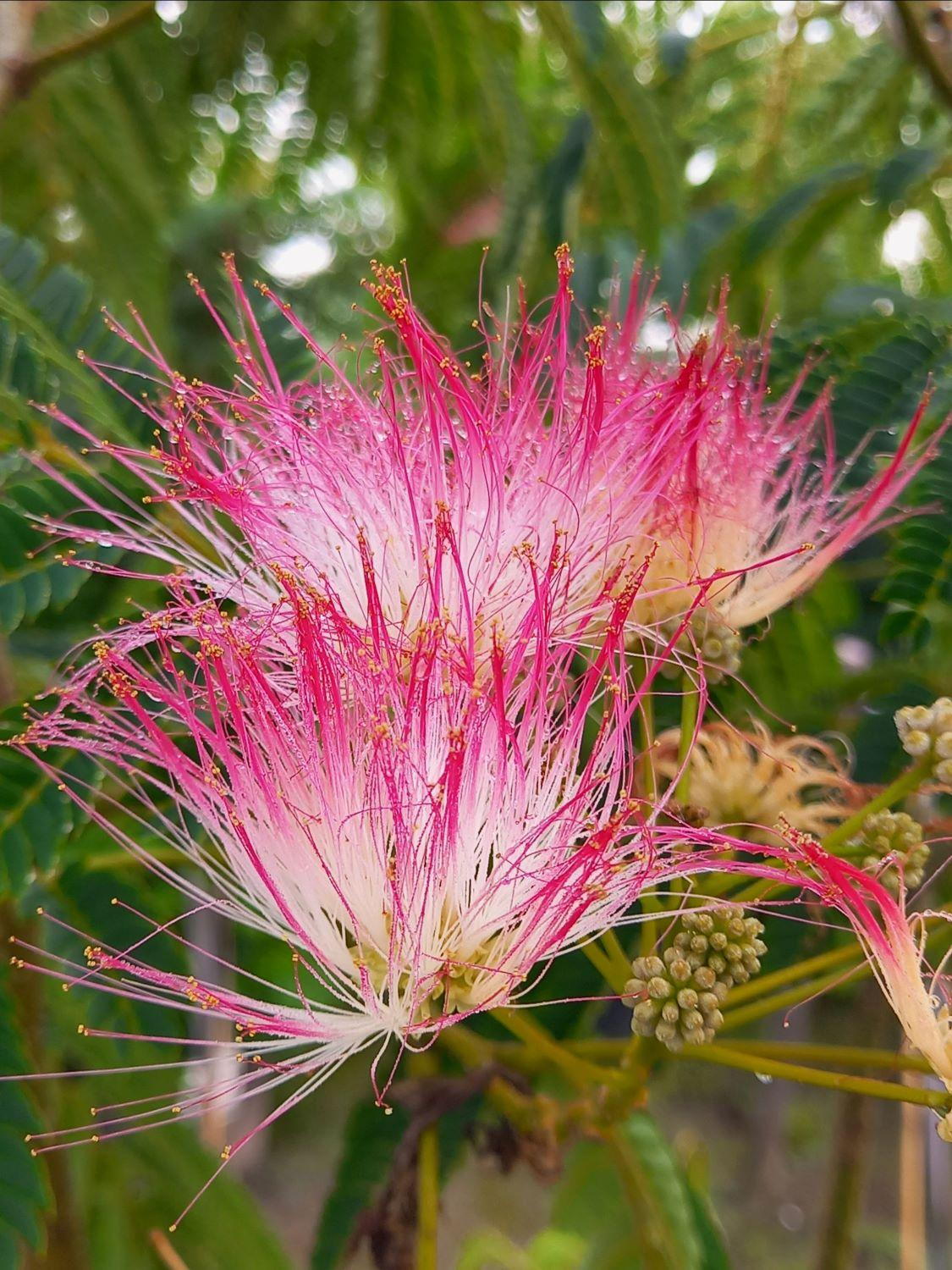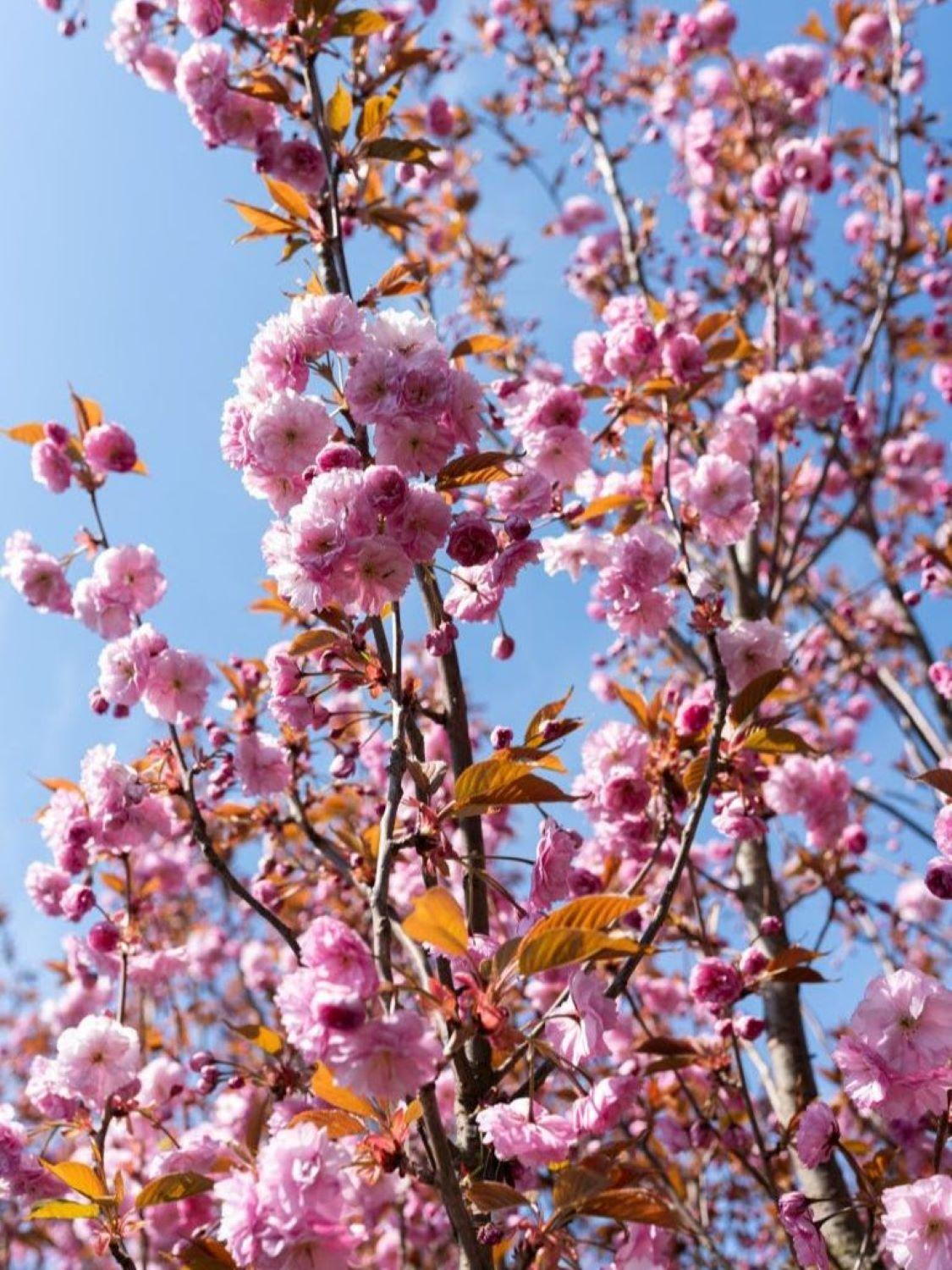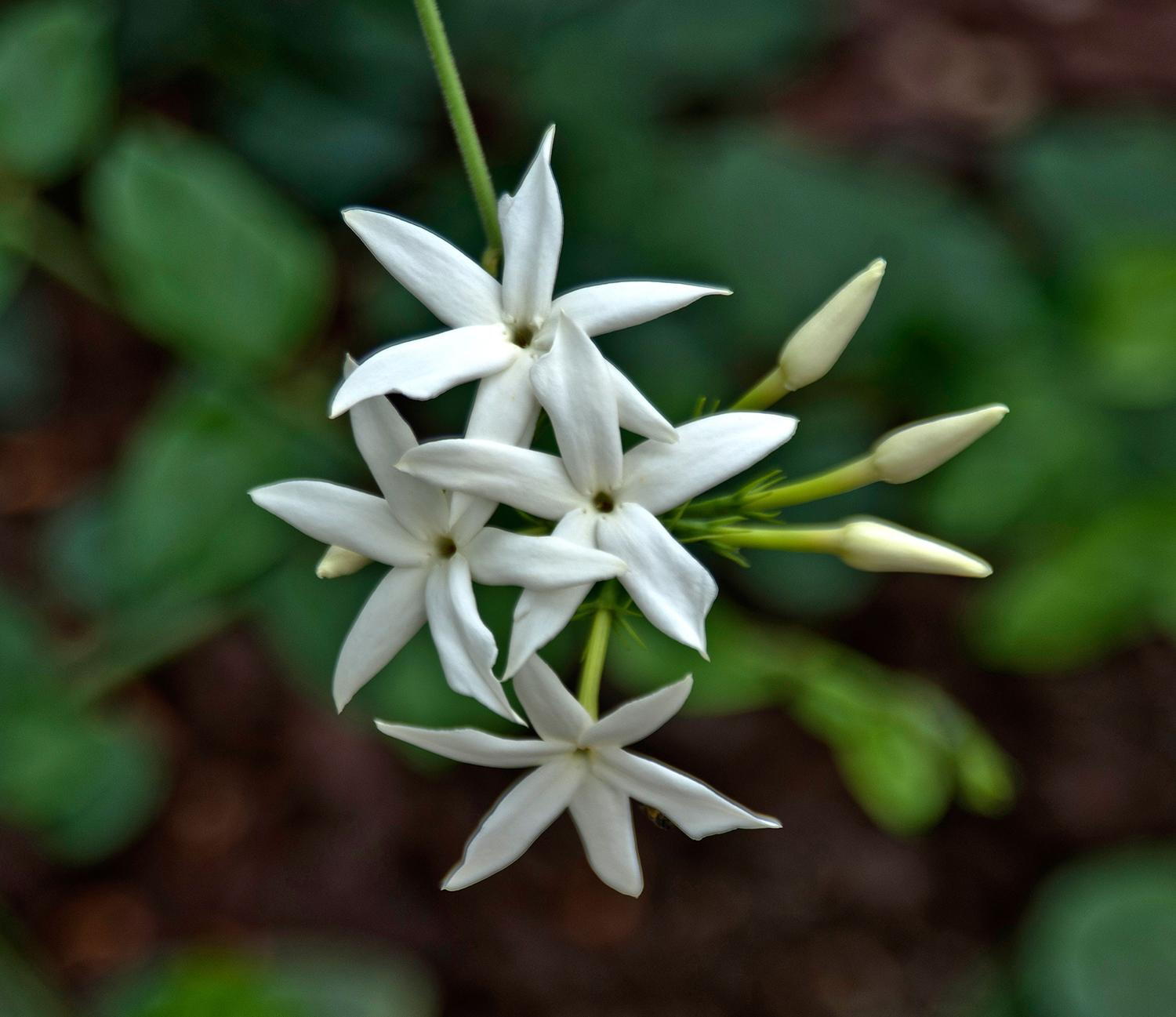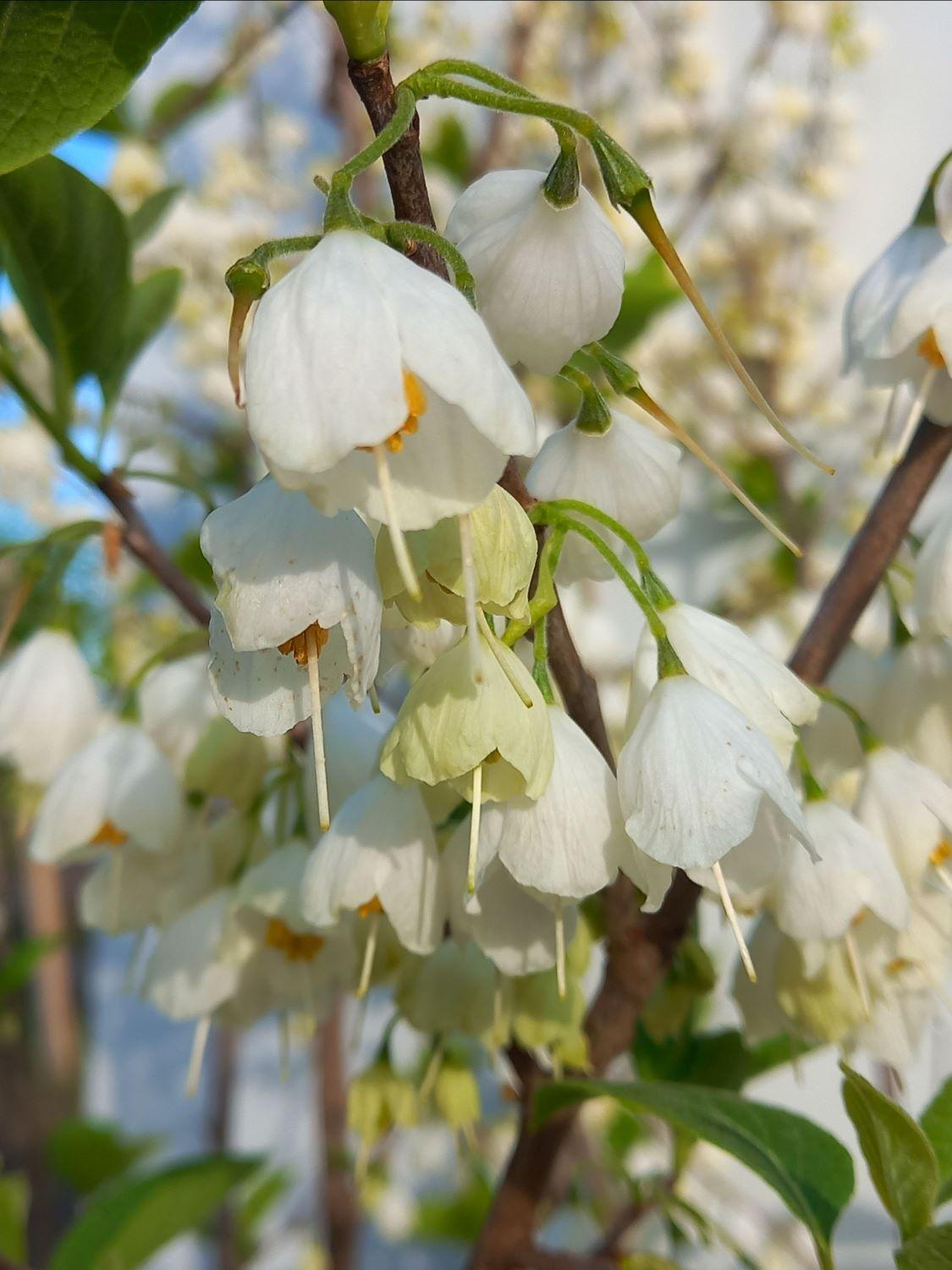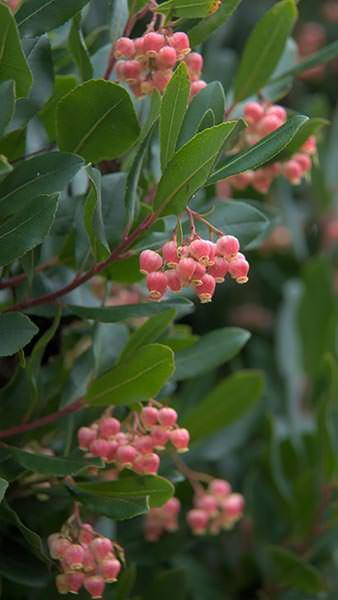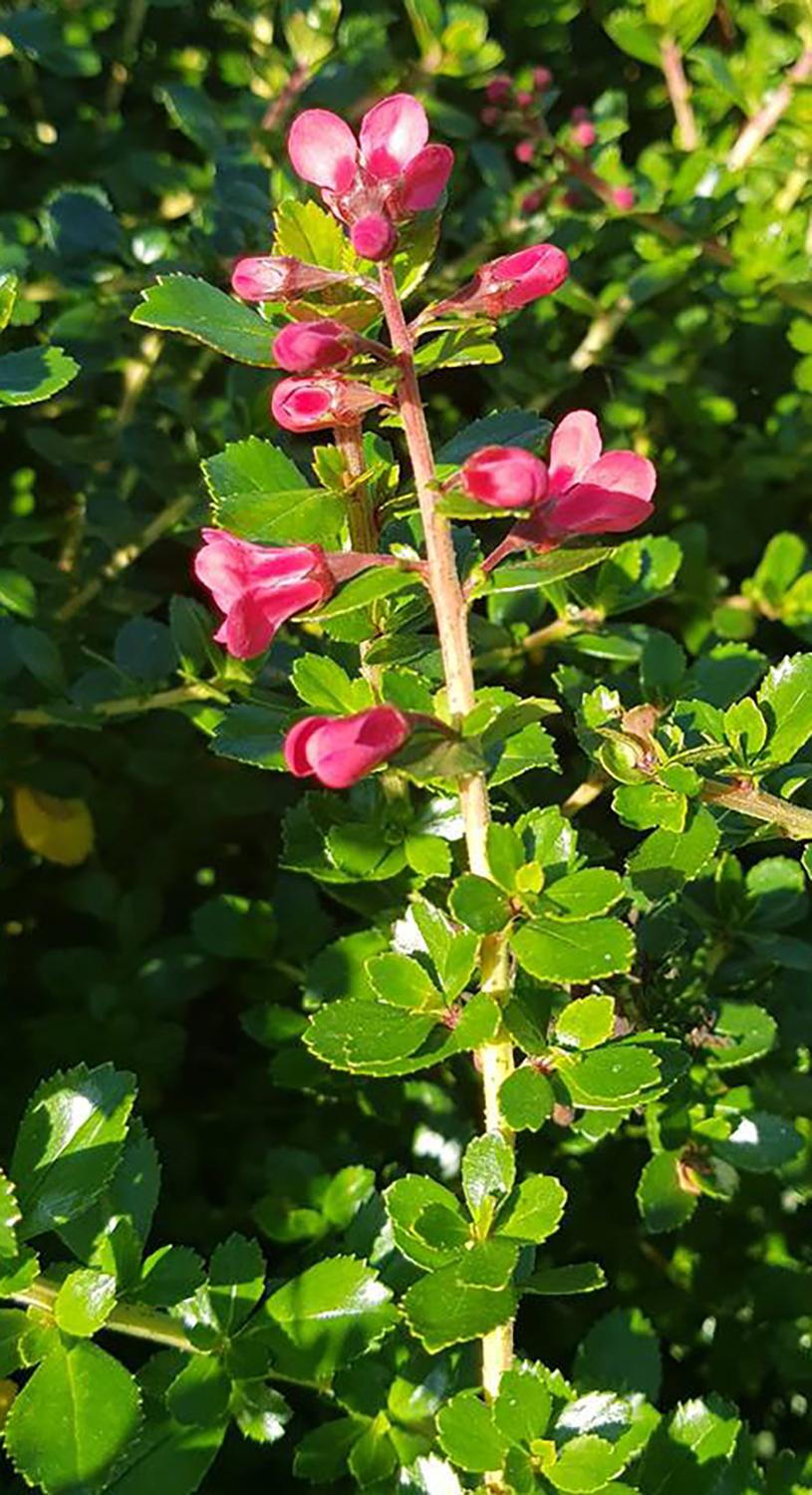Heptacodium Miconioides. Seven Sons Plant for Sale UK & IRL
Heptacodium MiconioidesHeptacodium Miconioides, also known as the Seven Sons Plant, has only been grown in the UK in the past thirty years, but is fast becoming a garden favourite for its fragrant blooms and year-round interest. It has been given the RHS Award of Garden Merit. Native to China, deciduous Heptacodium Miconioides has the fragrant flowers that you would expect from a member of the honeysuckle family, and those flowers bloom at a time when many other flowering shrubs are done for the season, from late summer to late autumn. The small white flowers bloom at the ends of the branches, followed by calyxes which deepen from pink to burgundy, and sometimes red berries which remain for winter interest. In the spring and summer, the narrow, dark green glossy leaves provide reliable foliage in the garden before the late-season flowers take centre stage. In the winter, the tan-coloured outer bark peels back to reveal a darker brown bark underneath, adding to the year-round appeal of this relatively rare shrub. Heptacodium miconioides will survive even severe winters in most parts of the UK. It will take 10 to 20 years to reach a height of 4-8 metres and spread of 2.5-4 metres. heptacodium miconioides requires little or no pruning. Seven sons plant is not overly fussy in regards to growing conditions. While it is thought to prefer mildly acidic, moist, loamy soil similar to what would be found in a woodland setting, it will grow quite happily in sand, clay, or chalk as well, with acid, neutral, or alkaline soil. It does need well-drained soil, however. Although it is reliably hardy, Heptacodium Miconioides is best grown in a sheltered position, with an east, south, or west-facing aspect, in full sun or partial shade. It is usually unaffected by insect pests or disease. Heptacodium miconioides can be grown as a spreading shrub, or can be pruned and trained into a small tree as it matures. It makes a lovely planting at the back of a flower border, where its foliage will provide a background for spring and summer flowers before its own flowers blossom late in the season. It would also make an excellent specimen planting in a courtyard, or as the focal point in a lawn, where its year-round interest would be highlighted. Since seven sons plant is salt-tolerant, it is an excellent choice for a seaside garden or windy coastal areas. It would also thrive in a woodland garden. Wherever you plant it, heptacodium miconioides will attract butterflies and bees to your garden, as it provides a valuable nectar source as the season draws to a close. However, that is only a part of its year-round value that it can add to your garden!
